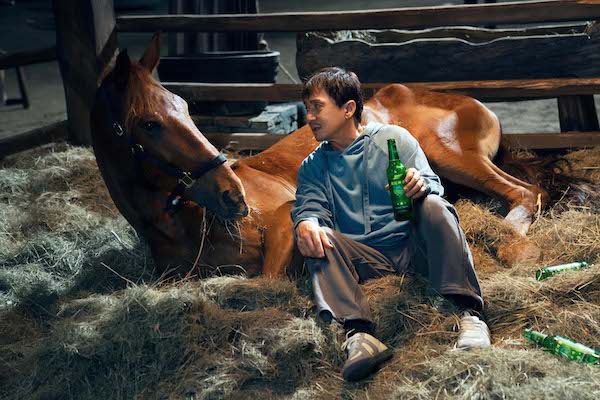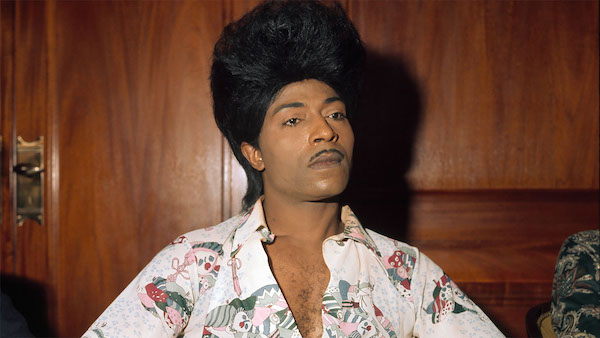
A passion project from one of cinema’s greatest martial artists, Sakra is a wuxia of epic proportions. Adapted from Demi-Gods and Semi-Devils, the film unfolds on a tremendous scale, with towering sets, scores of extras, and phenomenal action set pieces.
Donnie Yen stars at Qiao Feng, as orphan who develops exceptional powers in the Song dynasty, a period marked by wars among several tribes. A leader of the Beggars’ Gang, Qiao is exiled after being accused of murdering his parents, teacher, and others.
To clear his name, Qiao teams up with Azhu (Chen Yuqi), unaware that she is the daughter of another martial arts hero, Duan Zhengchun (Cheung Siu Fai). When Azhu is wounded, Qiao brings her to the heroes’ gathering manor, a fortress filled with his sworn enemies, to save her life. The ensuing battle leaves both Qiao and Azhu gravely wounded.
Rescued by a mysterious hero, Qiao will be betrayed by friend and foe alike as he searches for the answers to his tangled past. Along the way he will reach a new appreciation of his true heritage.
Keeping track of the sprawling narrative, with its competing tribes and crossed family lines, is close to impossible, especially if you’re unfamiliar with the source novel. The large cast is similarly confusing, with many characters appearing and disappearing at little notice. Wong Kwan-Hing as the widowed Mrs. Ma makes a strong impression. Chen Yuqi and Cya Liu (who plays Azhu’s sister Azi) are both excellent.
The real reason to watch Sakra is Donnie Yen, whose moves here are extraordinary. The opening scene, where he battles a villainous monk in a classic restaurant confrontation, sets a high standard. Stretching throughout rooms and floors, it unleashes wire work, undercranking, vfx, and even diopters in a blur of action that’s amazing.
If there is a fault to Yen’s character, his Qiao is too perfect. He can overhear everything, runs over rooftops, survives falls and stabbings. Nothing can stop him, not even a spear in the back. For story purposes his powers are necessary; in a movie they seem too convenient at times.

This isn’t the first feature Yen’s directed, but it’s the best by far. Serious wuxia films are hard to find, at least those that aren’t satires or reworkings or combined with steampunk. In fact, you’d have to go back to Peter Chan’s Wuxia (also starring Yen) to find one as committed as Sakra.
Which isn’t to say Yen doesn’t bring a modern sensibility to the production. The cinematography and production design are both first-rate, with appropriately moody lighting and breathtaking locations and sets. Action directors are Kenji Tanigaki and Yan Hua, while Donnie Yen’s Action Team takes care of the stunts.
Sakra sometimes grinds to a halt while characters spit exposition at each other. At times the film looks too dark and gloomy. Whole stretches could be dropped without damaging the story. But even with its drawbacks, Sakra is a stunning achievement. If you have any interest in wuxia, it is a must-see. And for John Wick Chapter Four fans, it is icing on the cake.
Producers: Donnie Yen, Wong Jing
Director: Donnie Yen
Executive Director: Kam Ka Wai
Screenwriters: Sheng Lingzhi,Zhu Wei , He Ben, Chen Li, Shen Lejing, Xu Yifan
Stars: Donnie Yen, Chen Yuqi, Cya Liu
Special Star: Wai Ying Hung
Special Appearance: Wu Yue
Stars: Cheung Siu Fai, Wong Kwan Hing, Du Yuming
Special Guest Appearance: Lui Leung Wai, Tsui Siu Ming
Action Directed: Kenji Tanigaki, Yan Hua
Stunt Team: Donnie Yen’s Action Team
Photos courtesy Well Go Entertainment USA. Available in select theaters and on demand. https://wellgousa.com/films/sakra


















